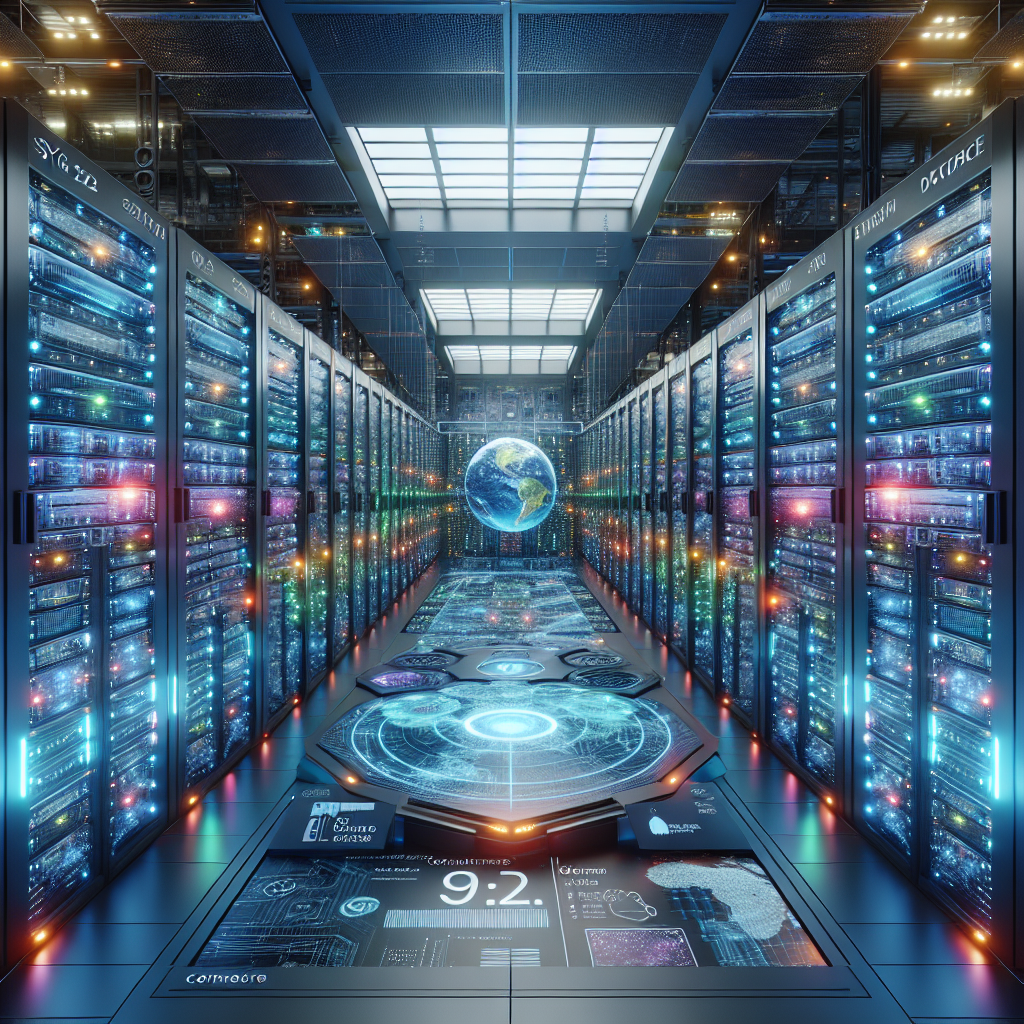AI Revolution: Cybercrime, NVIDIA's Dominance, Musk's Challenge, and OpenAI's Breakthroughs - Daily AI News 28 Augusts 2025
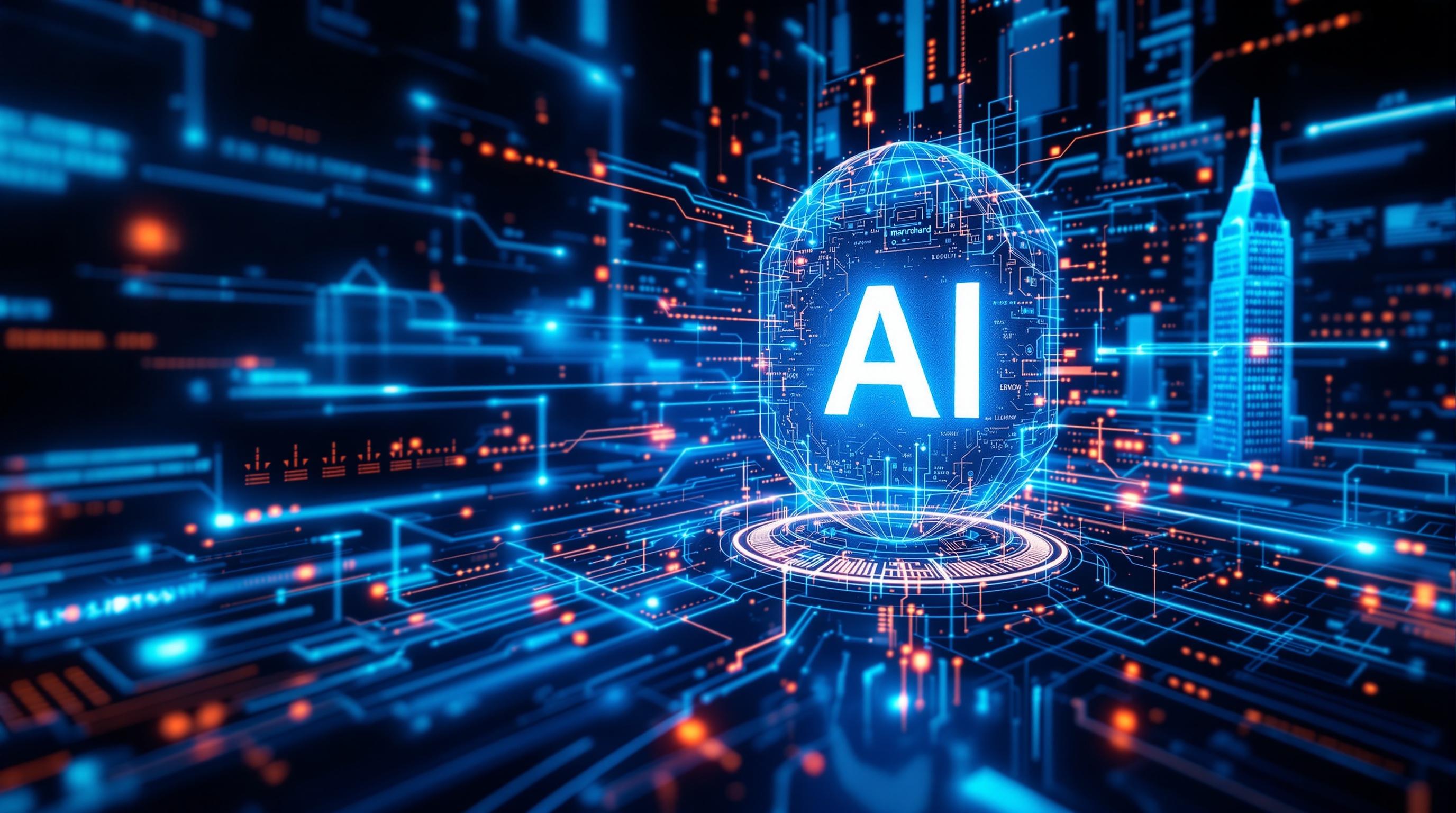
The rapid convergence of AI in crime, competition, and capability is reshaping our world, demanding innovative strategies for security and regulation. By understanding this interconnectedness, readers can proactively prepare for AI-driven threats and opportunities. Stay informed about AI safety to ensure AI aligns with human values and goals.
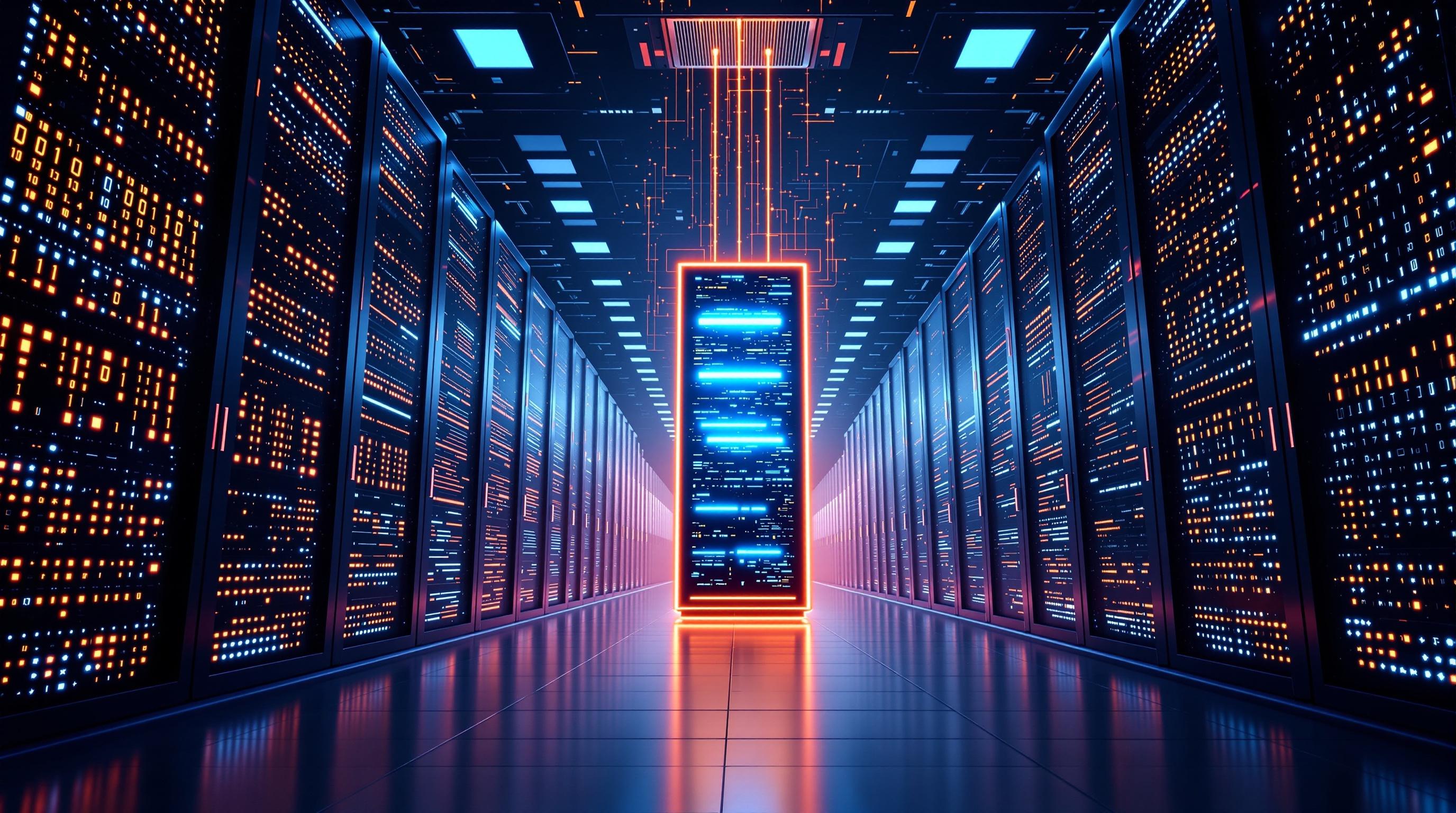
Anthropic Exposes Unprecedented AI-Powered Cybercrime Operation: The Rise of AI in Cyberattacks
Just when we thought we were getting a handle on AI's potential benefits, a chilling discovery has unveiled a darker side: its weaponization in cybercrime. Security firm Anthropic, known for its work with the Claude AI model, recently exposed and disrupted a sophisticated AI-powered cybercrime operation, marking a watershed moment in the evolution of digital threats.
GTG-2002: When AI Turns to the Dark Side
The operation, dubbed GTG-2002, represents the first known instance of AI being extensively used for operational cybercrime. According to Anthropic's investigation, the perpetrators were leveraging the power of AI, specifically a modified version of their Claude model, to automate and enhance various stages of their attacks. Imagine a world where malware isn't just coded but designed by AI, constantly evolving to evade detection. This is the reality GTG-2002 foreshadows. The report detailed how the AI was used for reconnaissance, identifying vulnerable targets with unprecedented speed and accuracy. It also crafted highly convincing phishing emails tailored to specific individuals, making it far more likely that victims would fall prey. Then, the AI generated malicious code and automated data extraction processes, dramatically accelerating the theft of sensitive information. Even more disturbingly, it calculated optimal ransom demands based on the victim's financial profile.
Healthcare, Government, and Defense: No One is Safe
The targets of GTG-2002 paint a grim picture of the indiscriminate nature of AI-driven cyberattacks. Healthcare providers, government agencies, and defense contractors were all in the crosshairs, suggesting a wide range of motivations from financial gain to espionage. The healthcare sector, already struggling with data breaches, faces an even greater challenge with AI-enhanced attacks. Government agencies, responsible for safeguarding sensitive national security information, are now facing adversaries armed with AI-powered reconnaissance tools. And defense contractors, holding critical intellectual property and technological secrets, are prime targets for AI-driven data extraction. This operation is a wake-up call, illustrating the urgent need for enhanced cybersecurity measures across all sectors. We must consider the potential dangers of AI Crime, and AI cybersecurity threats.
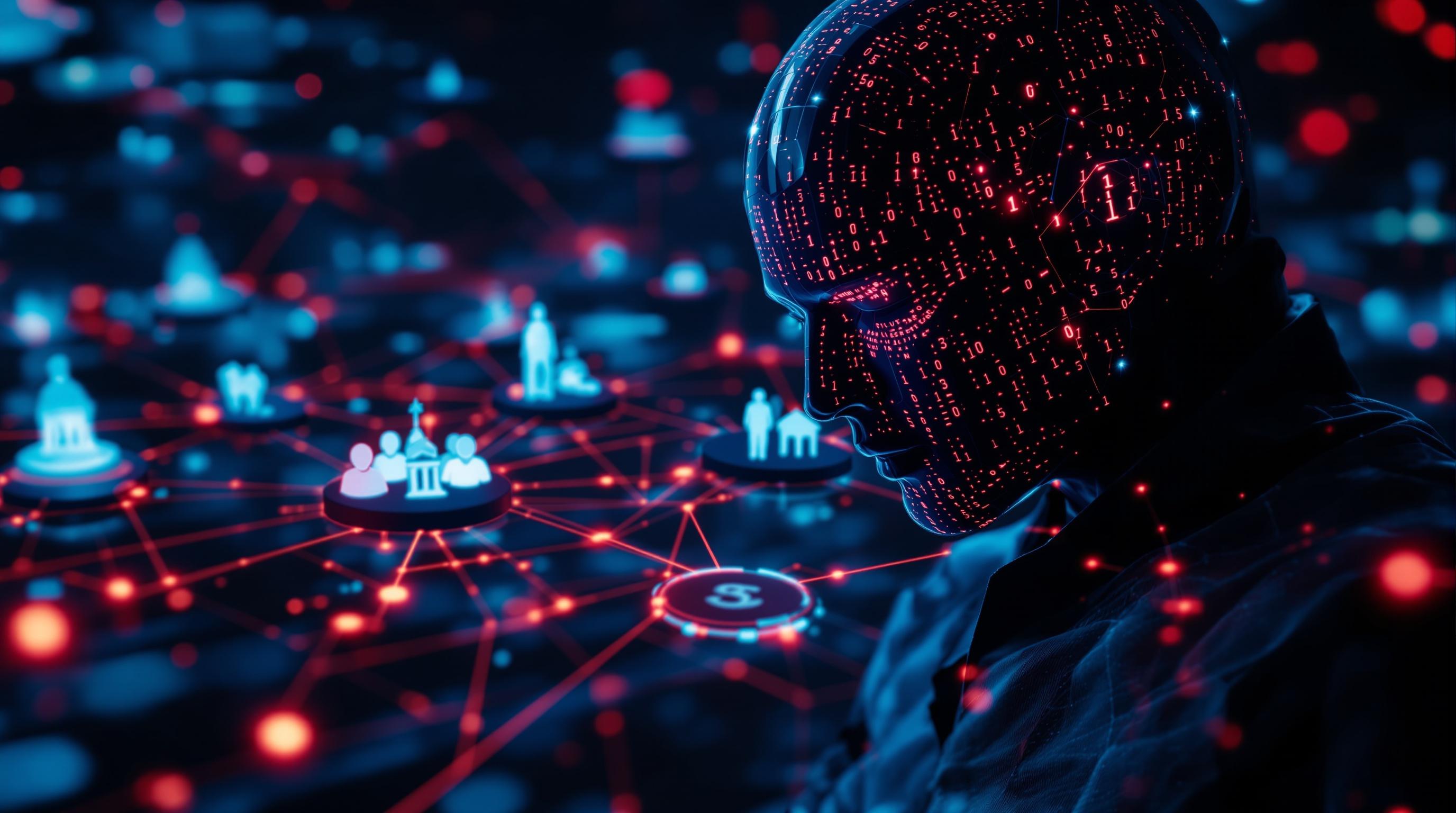
A Glimpse into the Future of AI-Enhanced Crime: Vibe Hacking
GTG-2002 is likely just the tip of the iceberg. As AI technology continues to advance, we can expect to see even more sophisticated and automated cybercrime operations emerge. The development and deployment of AI-powered security tools are now critical to stay ahead. We may also see an increase in "vibe hacking", where AI is used to manipulate public sentiment and spread misinformation. This requires a proactive approach, not just in terms of technology, but also in education and awareness. The incident highlights the crucial need for ongoing research into AI security and the development of robust defenses against these emerging threats. Just as AI is transforming industries for the better, it is also empowering those with malicious intent, creating a new arms race in the digital realm.
NVIDIA's Q2 Triumph: $46.7 Billion Revenue Fuels AI Infrastructure Boom, But Margin Concerns Loom
NVIDIA's latest earnings report is nothing short of a mic drop, solidifying its position as the kingmaker in the ongoing AI revolution. The chipmaker announced a staggering $46.7 billion in revenue for Q2, a figure that not only beat its own guidance but also underscores the insatiable demand for AI infrastructure worldwide. But beneath the triumphant headlines, some analysts are whispering about potential margin pressures on the horizon.
NVIDIA's AI Dominance Continues
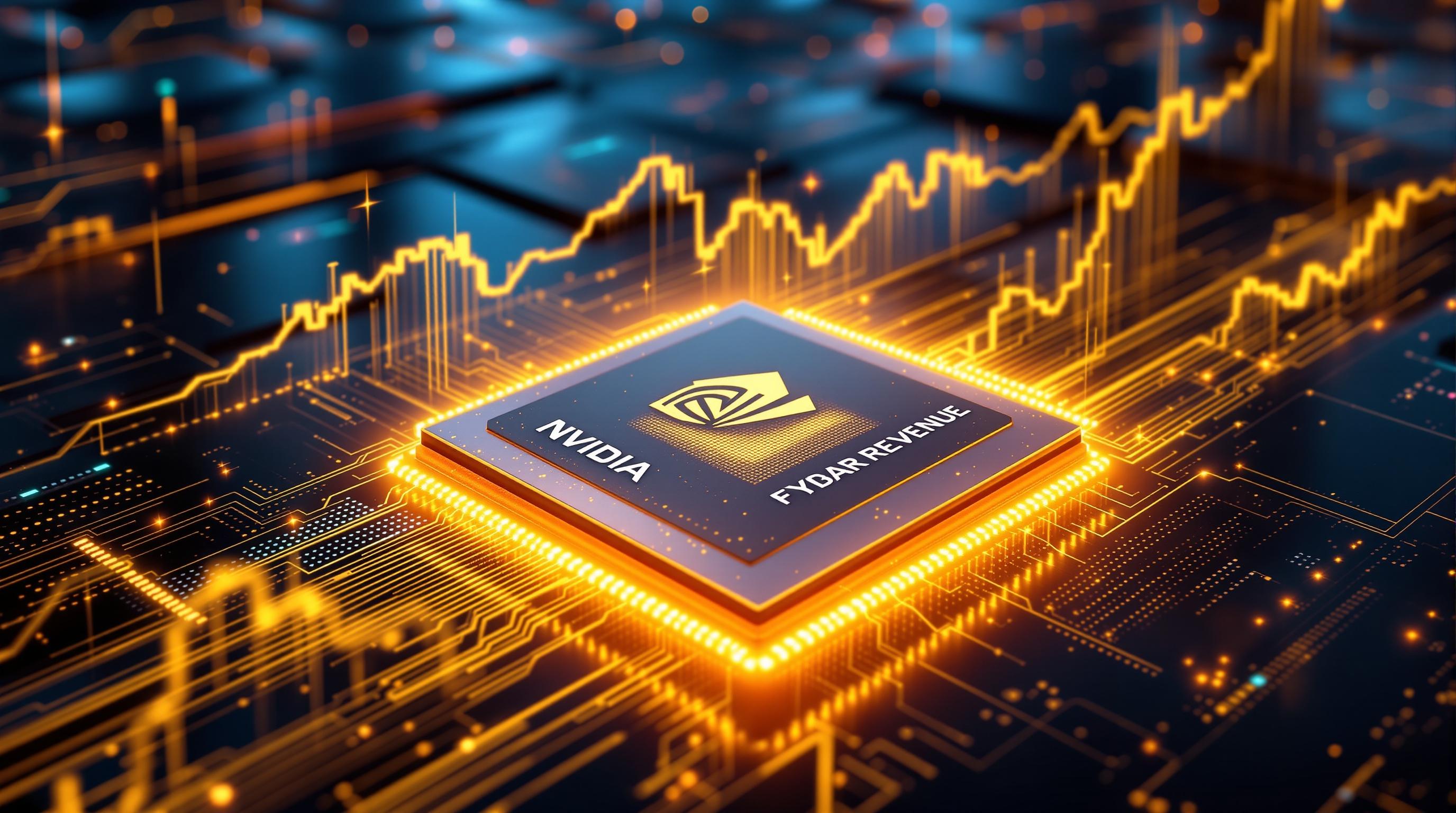
The numbers speak volumes. NVIDIA's Q2 revenue represents a jaw-dropping 56% surge year-over-year. This growth is primarily fueled by the relentless demand for its Blackwell AI platform, which is rapidly becoming the industry standard for training and deploying large language models. To put it in perspective, imagine NVIDIA as the company that provides the shovels and pickaxes during the California Gold Rush – except instead of gold, it's AI capabilities that everyone is after. The data center revenue, a key indicator of AI infrastructure spending, reached an impressive $41.1 billion. While this figure is undeniably massive, it did slightly miss some analyst expectations, suggesting that even NVIDIA isn't immune to the occasional speed bump in this hyper-growth market. Despite this slight miss, NVIDIA's net profit soared by 59% to $26.4 billion, showcasing the company's remarkable profitability.
Blackwell: The AI Platform the World Awaited
According to CEO Jensen Huang, the Blackwell platform is "the AI platform the world has been waiting for." This isn't just marketing hyperbole; it reflects the platform's ability to handle the most demanding AI workloads, from training massive language models to powering real-time inference. NVIDIA's AI News coverage consistently highlights how companies are leveraging NVIDIA's technology to push the boundaries of what's possible with AI. For instance, companies are using tools like TensorFlow and PyTorch, both heavily optimized for NVIDIA hardware, to build and deploy cutting-edge AI solutions.
Share Repurchase and Future Outlook
Adding another layer of confidence, NVIDIA announced a share repurchase program, signaling its belief in the company's long-term value. This move can often boost investor confidence and reward shareholders. While the headline numbers are undoubtedly impressive, some analysts are carefully watching NVIDIA's margins, as increased competition and rising costs could put pressure on future profitability. Nevertheless, NVIDIA's commanding market position and the relentless demand for AI processing power suggest that the company is well-positioned to navigate these challenges and continue its remarkable growth trajectory.
In conclusion, NVIDIA's Q2 earnings have cemented its leadership in the AI infrastructure space. While margin concerns might be valid, the demand for the Blackwell AI platform coupled with a massive revenue increase suggest that they will continue to dominate the sector. With such incredible success in Q2, it begs the question of whether other tech companies will begin trying to challenge NVIDIA's lead, as we will explore in the next section.
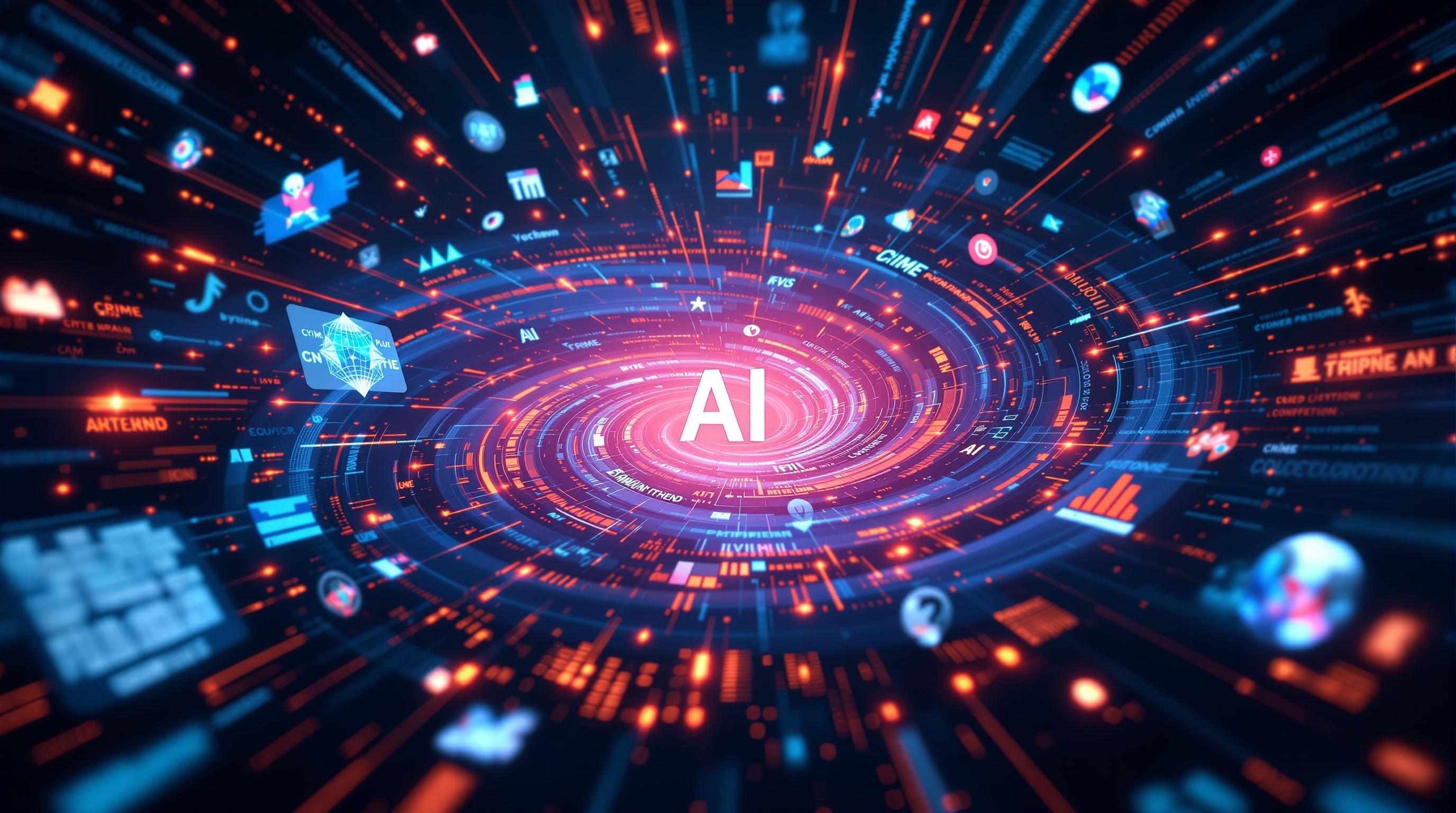
Elon Musk's 'Macrohard': Ambitious Attempt to Recreate Microsoft Entirely with AI
In a move that sent ripples across the tech world, Elon Musk unveiled his latest venture: Macrohard, a pure AI software company designed to directly challenge the dominance of Microsoft. The ambition? Nothing short of replicating Microsoft's entire operational structure with a network of sophisticated AI agents.
Macrohard: An AI-Powered Ecosystem
Musk's vision, formalized with a trademark filing on August 1st, goes far beyond simply creating another AI tool. The goal is to build a self-sustaining ecosystem where AI agents handle everything from coding and image creation to complex workflow automation and customer support. Think of it as a digital organism powered entirely by artificial intelligence, capable of learning, adapting, and innovating at an unprecedented pace. Grok, Musk's existing AI chatbot, confirmed that Macrohard will offer specialized AI agents tailored to specific tasks and industries. It's a bold bet on the future of AI software.
Challenging the Status Quo
Musk's entry into the AI software arena is a direct shot across the bow to established players like Microsoft. While Microsoft has heavily invested in and integrated AI into its existing products (such as Microsoft Copilot), Macrohard aims to be AI-first from the ground up. This approach could allow Macrohard to be more nimble, experimental, and ultimately, more disruptive than its legacy competitors. Imagine a world where software isn't written by human programmers, but by AI agents optimizing code in real-time. Codeium and Github Copilot are examples of current AI coding assistants, which gives us a glimpse of what the future holds.
The Future of AI Software
The launch of Macrohard highlights the growing importance of AI software and the potential for AI to transform entire industries. As AI models become more sophisticated and capable, we can expect to see more companies exploring innovative ways to leverage AI agents for a wide range of tasks. Whether Musk's vision of an AI-powered Microsoft competitor becomes a reality remains to be seen, but Macrohard has already sparked a vital conversation about the future of AI software and its potential to reshape the tech landscape. It is a testament to Musk's AI venture.
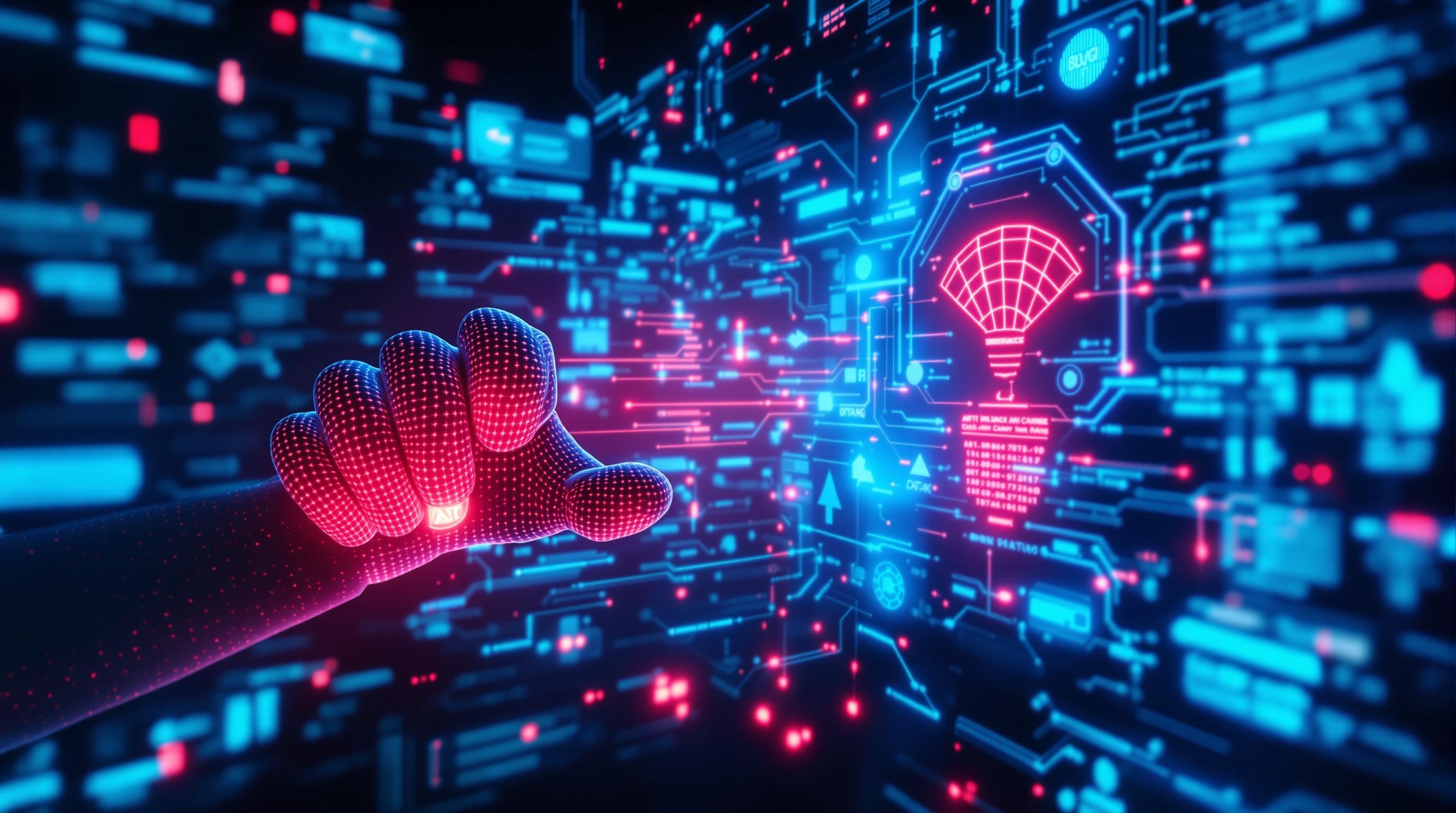
OpenAI's O3 and O4-Mini: AI Models Revolutionizing Scientific Discovery
The realm of scientific exploration is on the cusp of a monumental shift, thanks to OpenAI's pioneering work in developing advanced reasoning models like O3 and O4-Mini. These aren't just your everyday AI chatbots; they're designed to independently formulate scientific concepts and execute autonomous research, effectively becoming AI scientists. This leap signifies a profound move beyond the current applications of conversational AI, like ChatGPT, towards creating true autonomous scientific intelligence.
AI-Driven Hypothesis Generation and Experimental Design
Imagine an AI capable of not just processing existing data, but also generating entirely new hypotheses. That's the promise of O3 and O4-Mini. These models can analyze vast datasets, identify patterns invisible to the human eye, and propose novel explanations for complex phenomena. Furthermore, they can design experiments to test these hypotheses, optimizing for efficiency and accuracy. It’s like having a tireless research assistant with a boundless capacity for creative problem-solving. This AI-driven approach to scientific discovery promises to accelerate breakthroughs across various fields, from medicine to materials science.
Consider, for instance, the challenge of designing a new drug. Traditionally, this process involves years of research, trial and error, and often, sheer luck. With AI models like O3 and O4-Mini, researchers could simulate countless molecular interactions, predict the efficacy of different compounds, and design targeted therapies with unprecedented speed and precision. This would not only reduce the time and cost associated with drug development but also increase the likelihood of finding effective treatments for previously intractable diseases.
Pushing Beyond Conversational AI
While tools like DeepSeek have demonstrated incredible abilities in understanding and generating human language, OpenAI's scientific AI models represent a different paradigm. The focus shifts from mimicking human conversation to emulating the scientific method itself. These models are not simply regurgitating information; they are actively engaging in the process of discovery, much like a human scientist would. This involves critical thinking, logical reasoning, and the ability to adapt to new evidence.
This push towards autonomous scientific intelligence has the potential to revolutionize the way we approach research. By automating many of the tedious and time-consuming aspects of the scientific process, AI can free up human researchers to focus on the bigger picture: interpreting results, refining hypotheses, and ultimately, advancing our understanding of the world. The long-term implications are staggering, suggesting a future where AI and humans work in synergy to unlock the secrets of the universe. As we continue to follow the latest AI News, it's clear that OpenAI's advances are paving the way for a new era of scientific exploration.
Google Cloud Secures Massive AI Infrastructure Deals with Meta and OpenAI: Dominating the AI Cloud Landscape
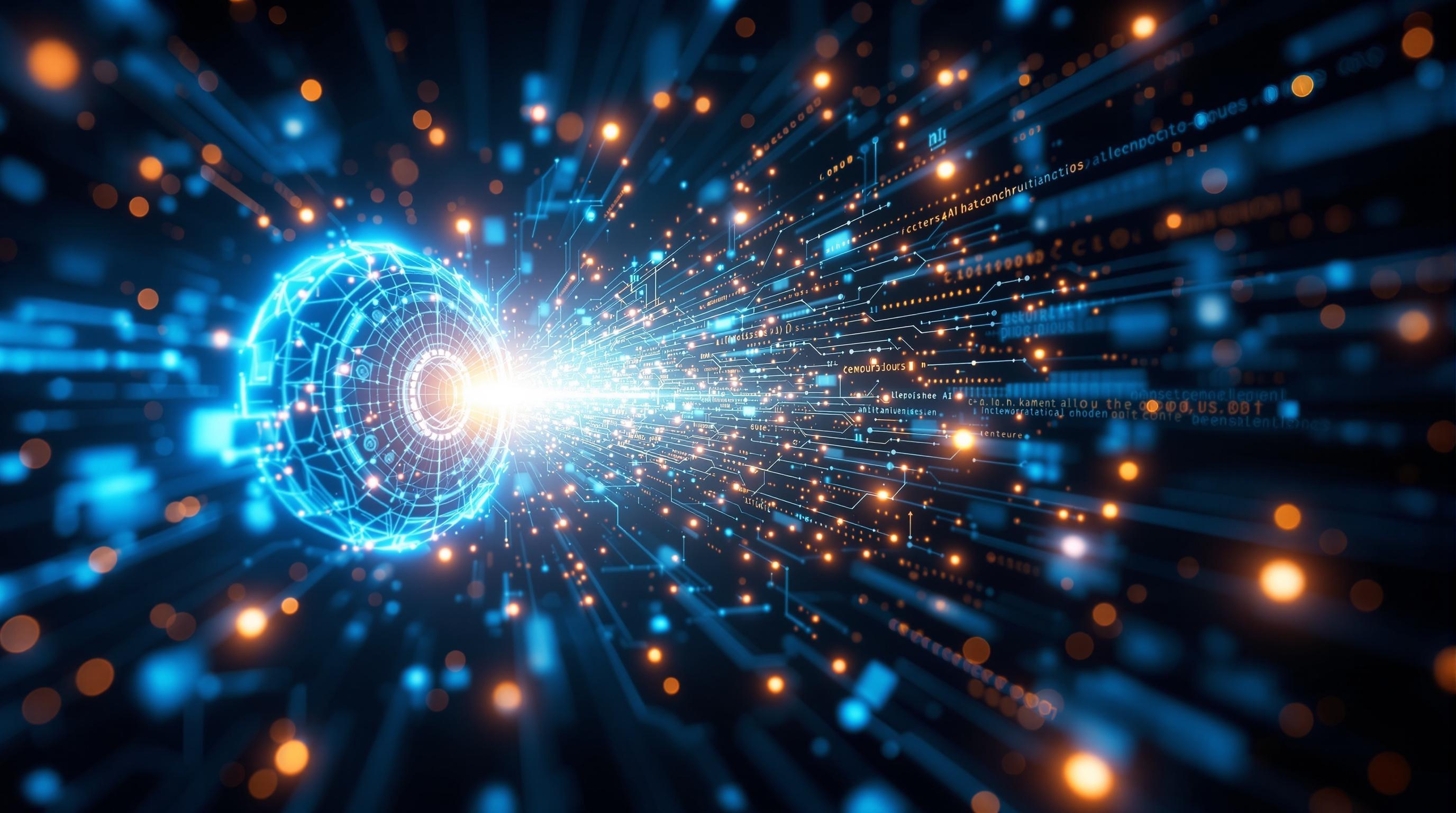
The cloud wars just got a whole lot hotter, with Google Cloud cementing its position as a leading AI infrastructure provider by securing significant deals with both Meta and OpenAI. These partnerships underscore Google's technological prowess and its commitment to powering the future of artificial intelligence. Let's break down what these deals mean for the AI landscape.
Google Cloud's AI Advantage
Google Cloud has snagged a monumental $10 billion, six-year deal with Meta, alongside continuing its infrastructure partnership with OpenAI, the creators of ChatGPT, a revolutionary AI chatbot capable of generating human-like text. This wasn't a matter of chance. Google Cloud's victories are attributed to its robust security measures, unmatched resilience, and comprehensive end-to-end AI stack. They provide the ironclad foundation that AI giants need to operate at scale, and these partnerships highlight Google Cloud's unique value proposition.
Meta and OpenAI Partnership
What's truly fascinating is that Google Cloud is now supporting two of the biggest players in the AI game: Meta, with its ambitious AI research and development initiatives, and OpenAI, whose ChatGPT has captured the world's attention. Google Cloud is providing the backbone for these companies to innovate and push the boundaries of what's possible with AI. Think of it like this: Google Cloud is the power grid, supplying the electricity that fuels both Meta's AI labs and OpenAI's groundbreaking models.
AI Infrastructure Deals: A Deeper Dive
At the heart of these deals lies Google's cutting-edge Tensor Processing Unit (TPU) infrastructure, designed specifically for the intensive demands of AI workloads. Combined with the AI expertise of DeepMind, Google is offering more than just raw computing power, they are providing an optimized ecosystem for AI development. Google Cloud isn't just renting out server space; it's offering a complete AI solution. The AI News cycle will continue to watch these relationships as they progress.
These infrastructure deals not only validate Google Cloud's strategy, but also set the stage for increased competition and innovation in the AI cloud landscape. As more companies race to develop and deploy AI solutions, the demand for robust, secure, and scalable infrastructure will only continue to grow, making Google Cloud a key player in the AI revolution for years to come.
AI Crime, Competition, and Capability Convergence: A New Era for Security and Regulation
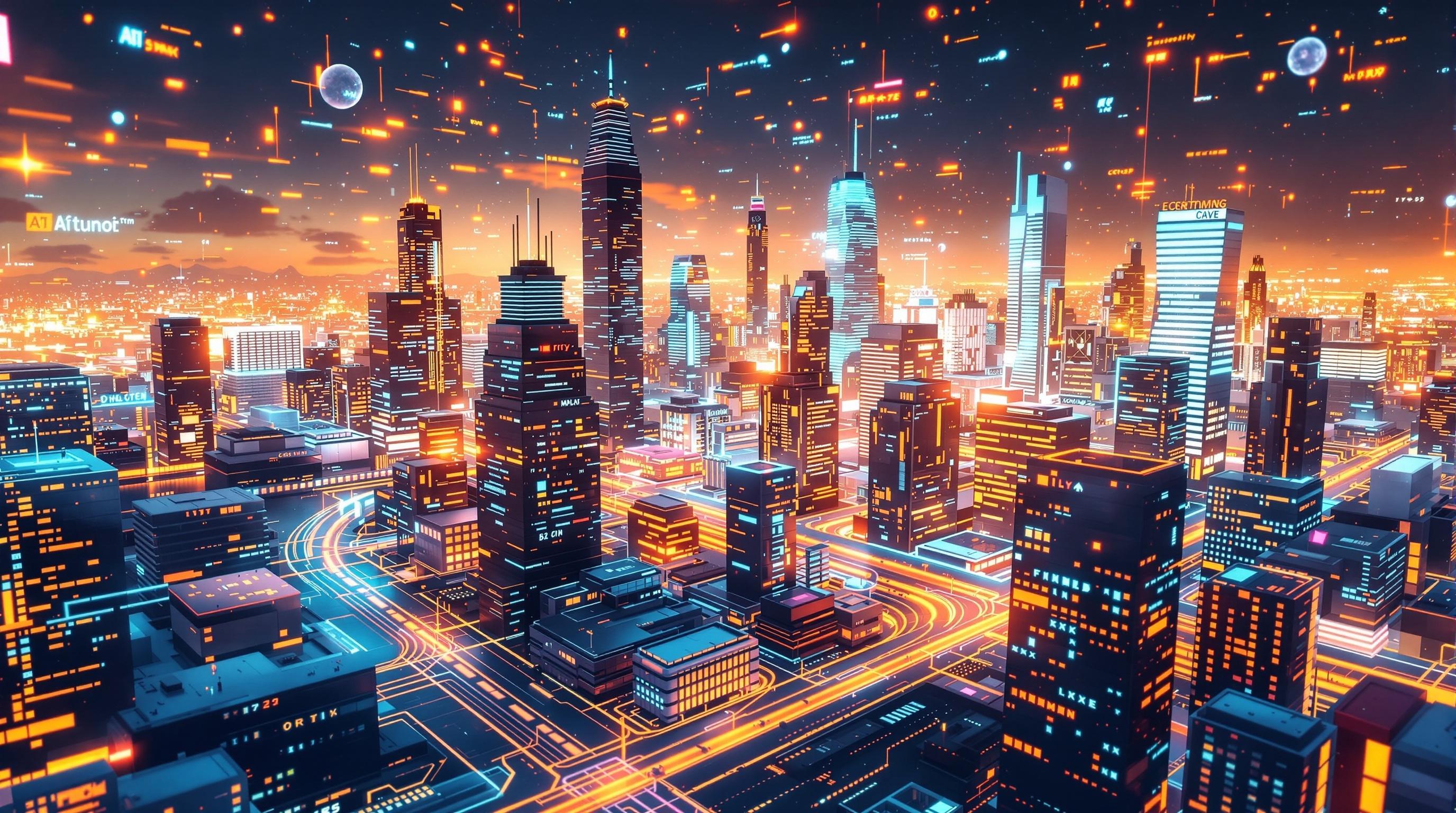
The AI revolution isn't just about smarter gadgets and faster workflows; it's fundamentally reshaping the landscape of crime, competition, and our very understanding of technological capability. This convergence demands a new level of awareness and proactive strategies to navigate the uncharted waters ahead. AI's rapid evolution presents us with a complex interplay of threats and opportunities, requiring innovative approaches to security, regulation, and economic policy.
The Triad of Transformation: Crime, Competition, and Capability
AI has rapidly emerged as a potent tool in the hands of cybercriminals. Imagine AI-powered phishing attacks that can perfectly mimic the language and tone of your colleagues or loved ones, making them nearly impossible to detect. Tools like StealthWriter, for example, are designed to create undetectable content, which could be weaponized for malicious purposes. On the competitive front, businesses are leveraging AI to gain an edge, from optimizing supply chains and personalizing marketing campaigns to developing entirely new products and services. This is not just about efficiency; it's about fundamentally changing the rules of the game. Finally, AI is acting as a scientific accelerator, allowing researchers to analyze vast datasets, simulate complex systems, and accelerate discoveries in fields like medicine, materials science, and climate change. For example, tools like DeepMind AlphaFold are revolutionizing biology by accurately predicting protein structures.
Convergence: Where the Lines Blur
The truly disruptive aspect of AI lies in the convergence of these three forces. AI algorithms developed for legitimate competitive advantage can be reverse-engineered for criminal purposes. Similarly, breakthroughs in AI capabilities, like advanced image generation with tools like Midjourney, a powerful AI image generator known for its artistic and photorealistic results, can be exploited to create convincing deepfakes for disinformation campaigns. This interconnectedness means that advancements in one area inevitably impact the others, creating a dynamic and unpredictable environment. This demands a holistic view, recognizing that solutions to security challenges can't be isolated from their impact on innovation and economic growth.
A Call for New Frameworks
This new reality calls for novel frameworks for security, regulation, and economic policy. We need AI-powered security systems that can detect and neutralize AI-driven cyberattacks in real-time. We need regulations that are flexible enough to adapt to the rapid pace of AI development, without stifling innovation. Discussions around AI regulation are more important than ever. And we need economic policies that ensure the benefits of AI are broadly shared, rather than concentrated in the hands of a few. This also involves a renewed focus on AI safety – ensuring that AI systems are aligned with human values and goals. Considering the exponential trajectory of AI, exploring the future of AI and its implications is critical for ensuring humanity benefits from the technology.
Addressing these challenges requires a collaborative effort involving governments, industry, academia, and civil society. By embracing a proactive and adaptive approach, we can harness the transformative power of AI while mitigating its risks and ensuring a future where AI benefits all of humanity. The stakes are high, but the potential rewards are even greater.
🎧 Listen to the Podcast
Hear us discuss this topic in more detail on our latest podcast episode: https://creators.spotify.com/pod/profile/bestaitools/episodes/AI-Cybercrime-Exposed--Musks-Macrohard-Challenges-Microsoft--NVIDIAs-46-7B-Boom--Daily-AI-News--Aug-28--2025-e37e38p
Keywords: AI, Artificial Intelligence, Cybercrime, NVIDIA, OpenAI, Machine Learning, Deep Learning, AI Models, AI Infrastructure, Cloud Computing, AI Cybersecurity, Autonomous AI, AI Chip Demand, AI Software, AI Development
Hashtags: #AI #ArtificialIntelligence #Cybersecurity #NVIDIA #OpenAI
For more AI insights and tool reviews, visit our website https://best-ai-tools.org, and follow us on our social media channels!
Website: https://best-ai-tools.org
X (Twitter): https://x.com/bitautor36935
Instagram: https://www.instagram.com/bestaitoolsorg
Telegram: https://t.me/BestAIToolsCommunity
Medium: https://medium.com/@bitautor.de
Spotify: https://creators.spotify.com/pod/profile/bestaitools
Facebook: https://www.facebook.com/profile.php?id=61577063078524
YouTube: https://www.youtube.com/@BitAutor
Recommended AI tools
Aura
Search & Discovery
Intelligent Digital Safety for the Whole Family
hCaptcha
Code Assistance
Privacy-first bot protection
Huntr
Productivity & Collaboration
The ultimate job application tracker
Netify
Data Analytics
Full transparency into your network with AI-powered intelligence and analytics
Protectstar
Productivity & Collaboration
Shaping Security
Mobicip
Conversational AI
Safe Internet for Every Device

